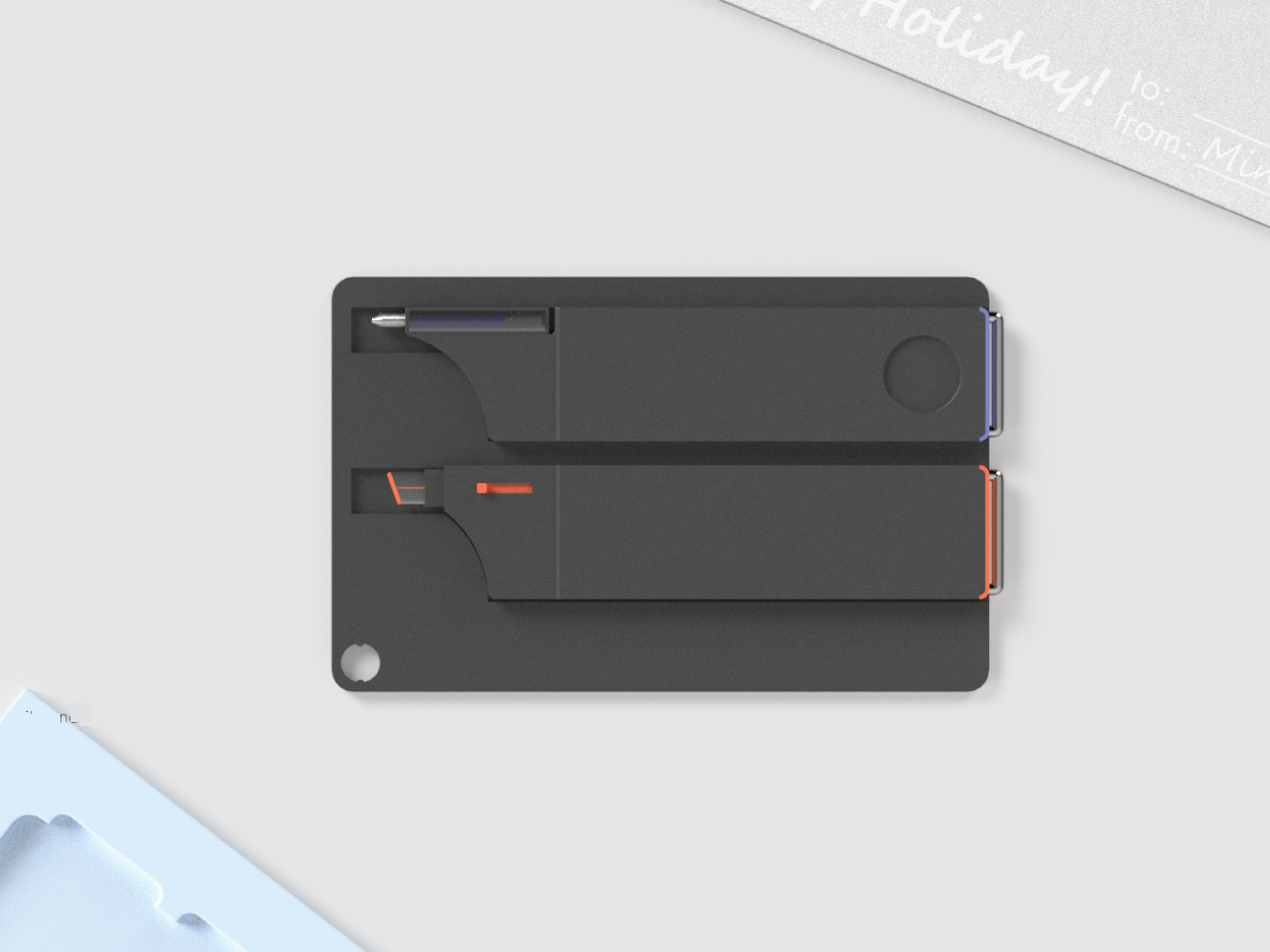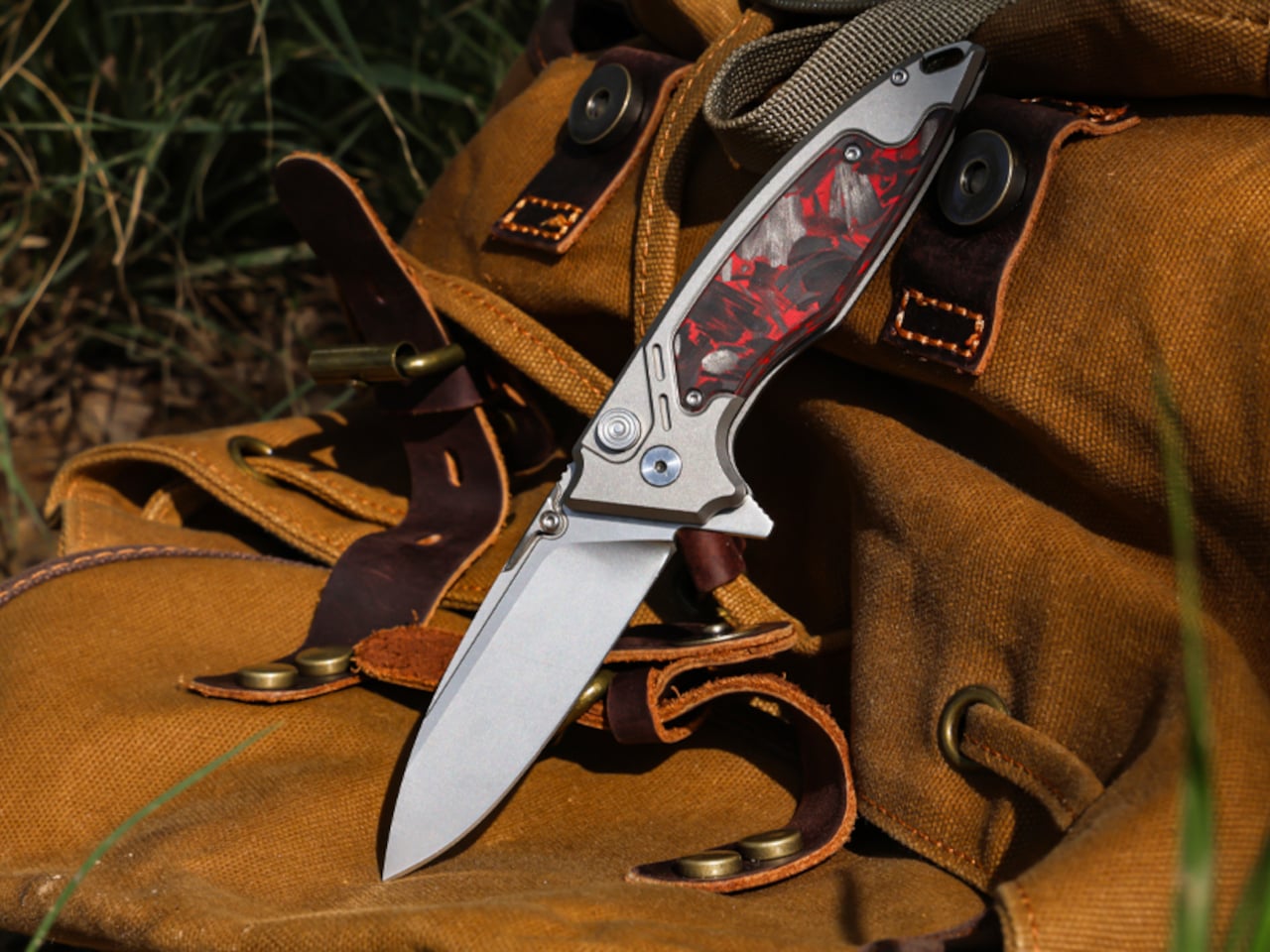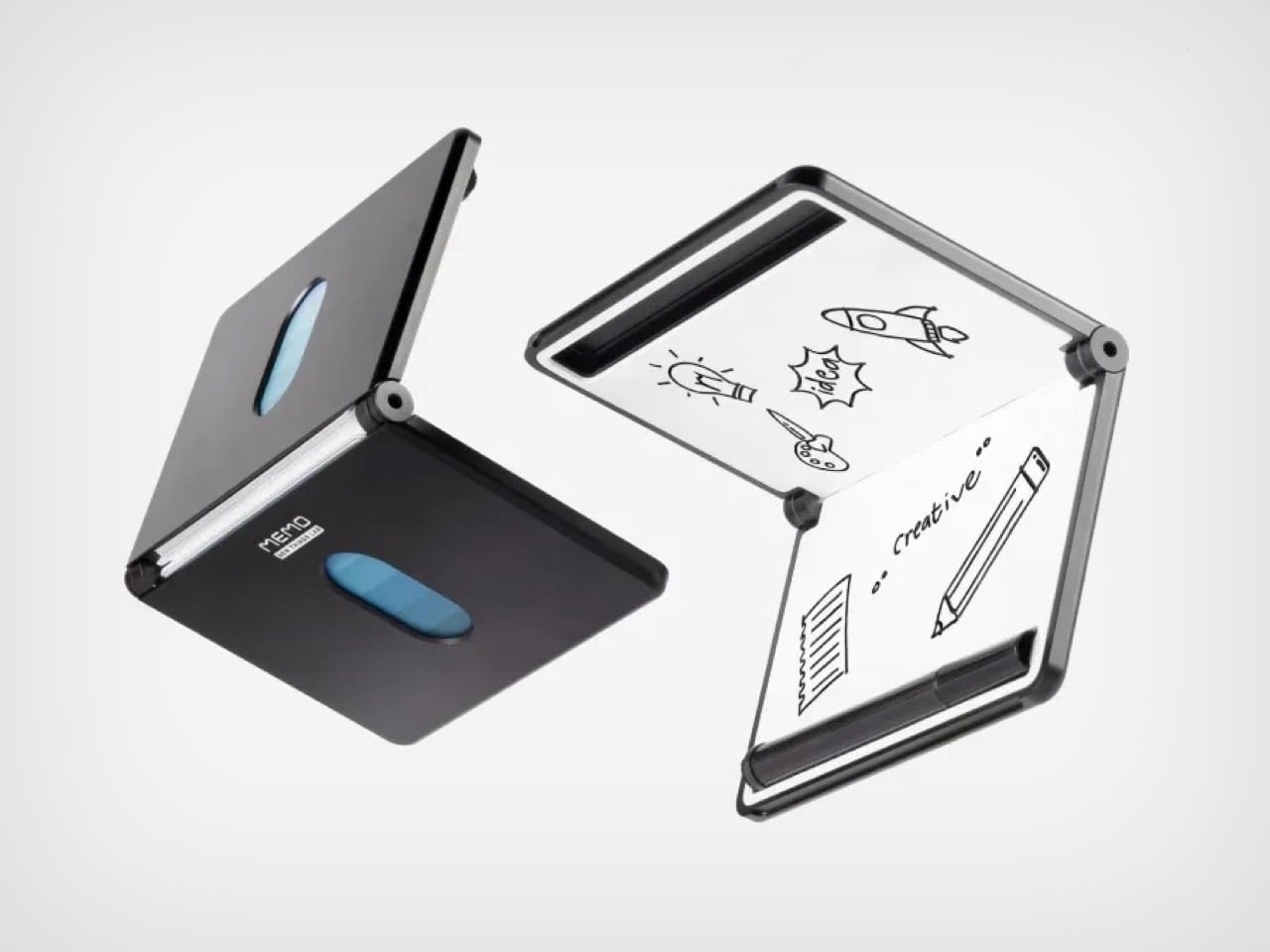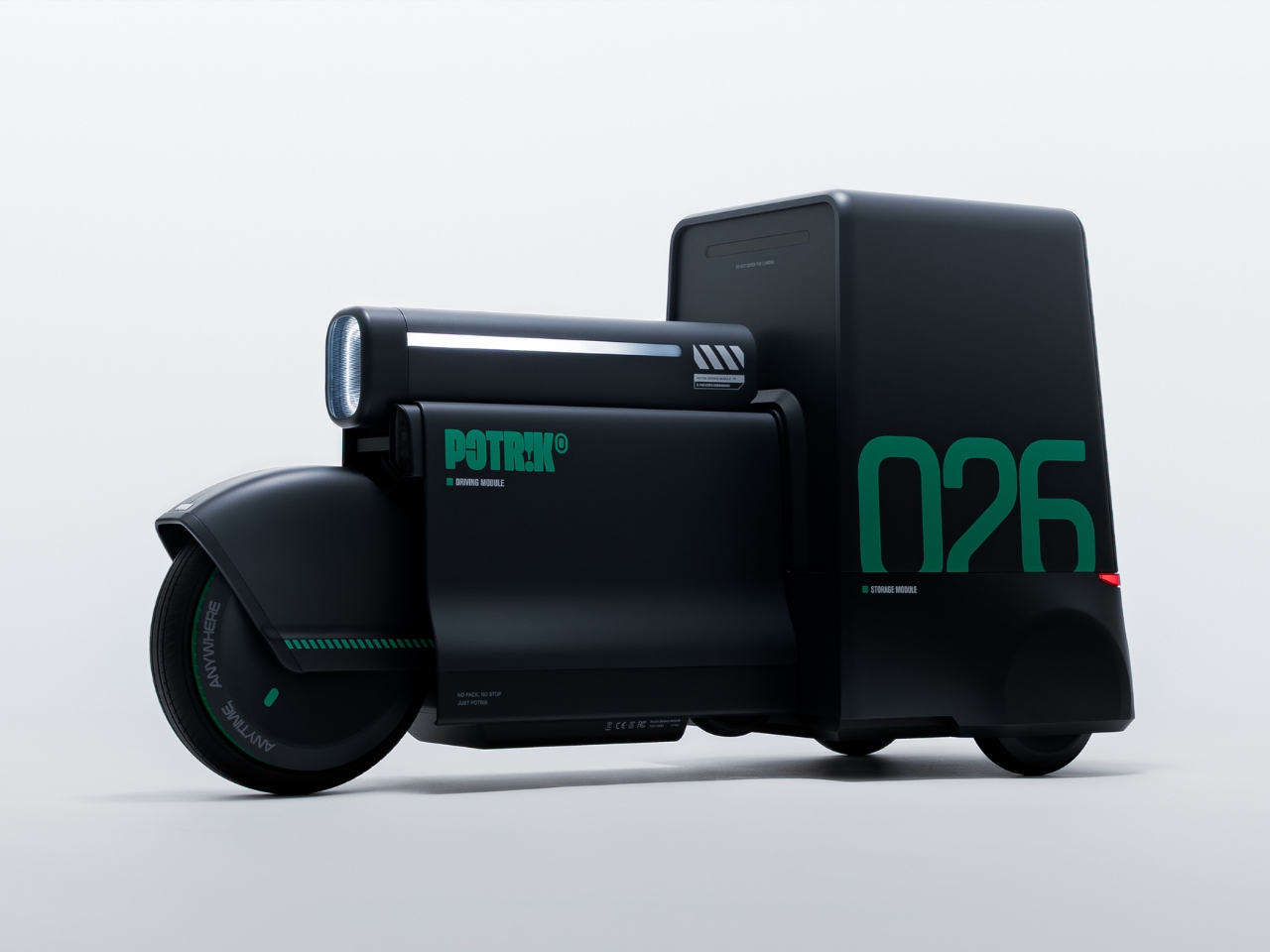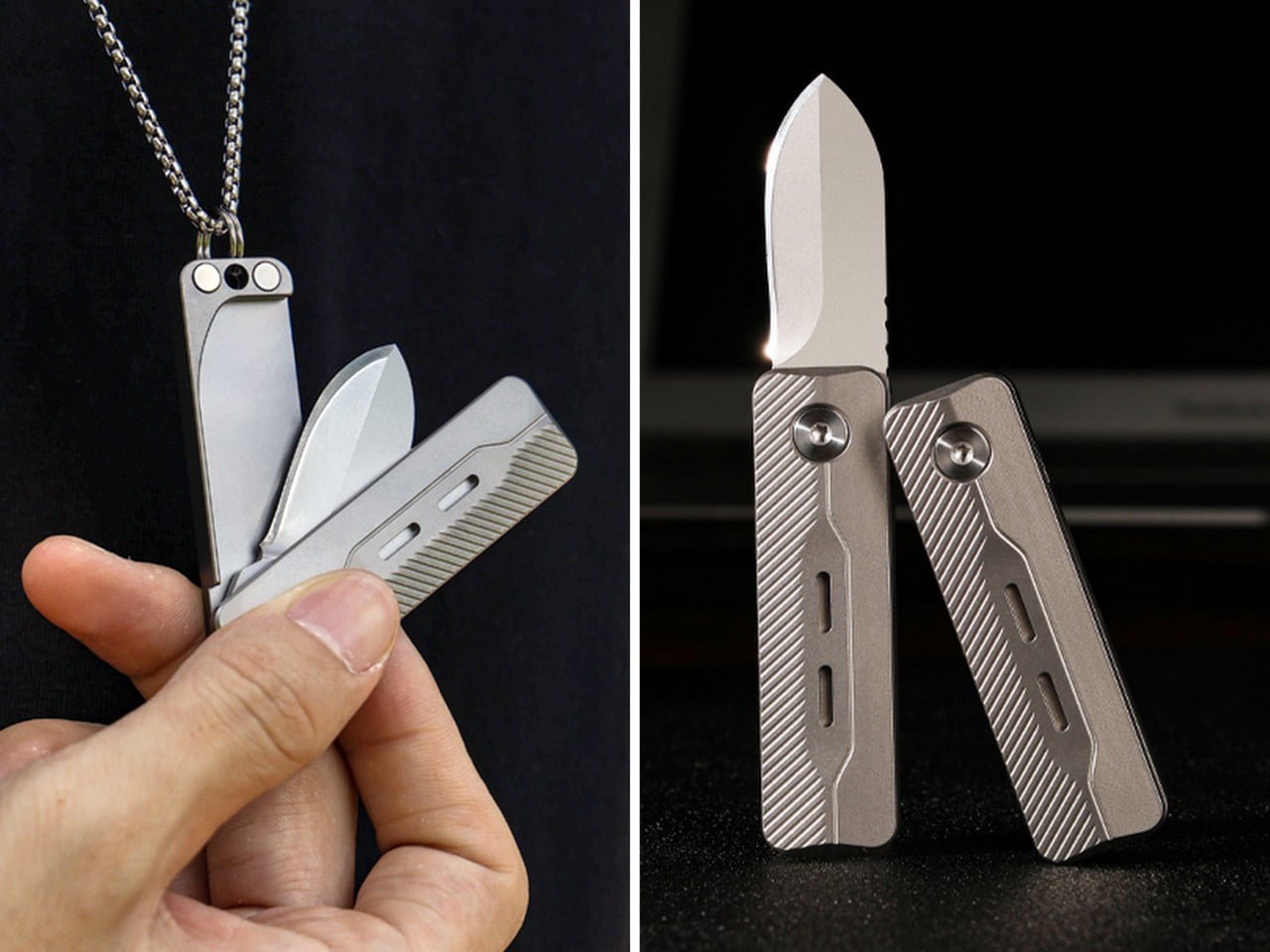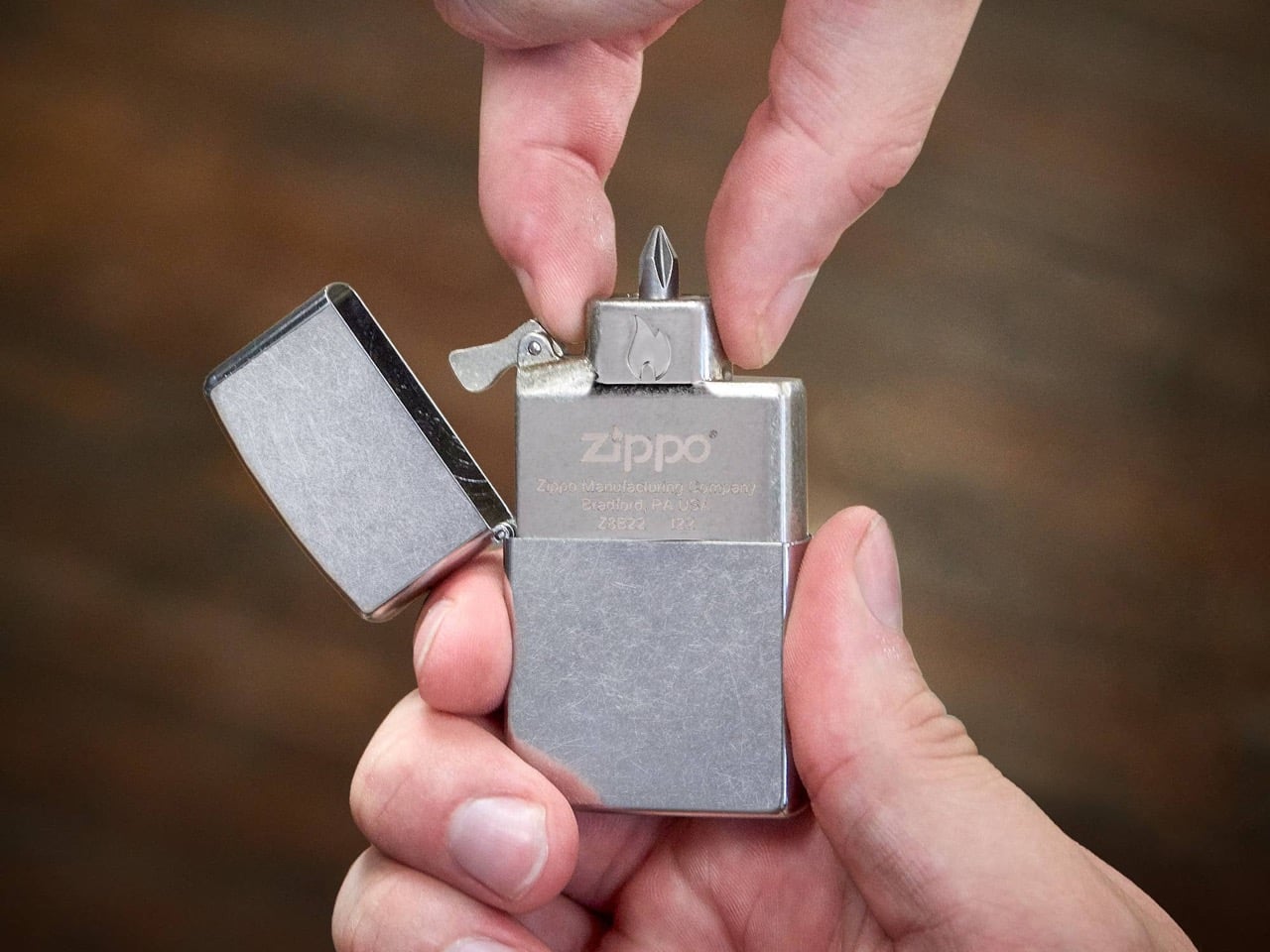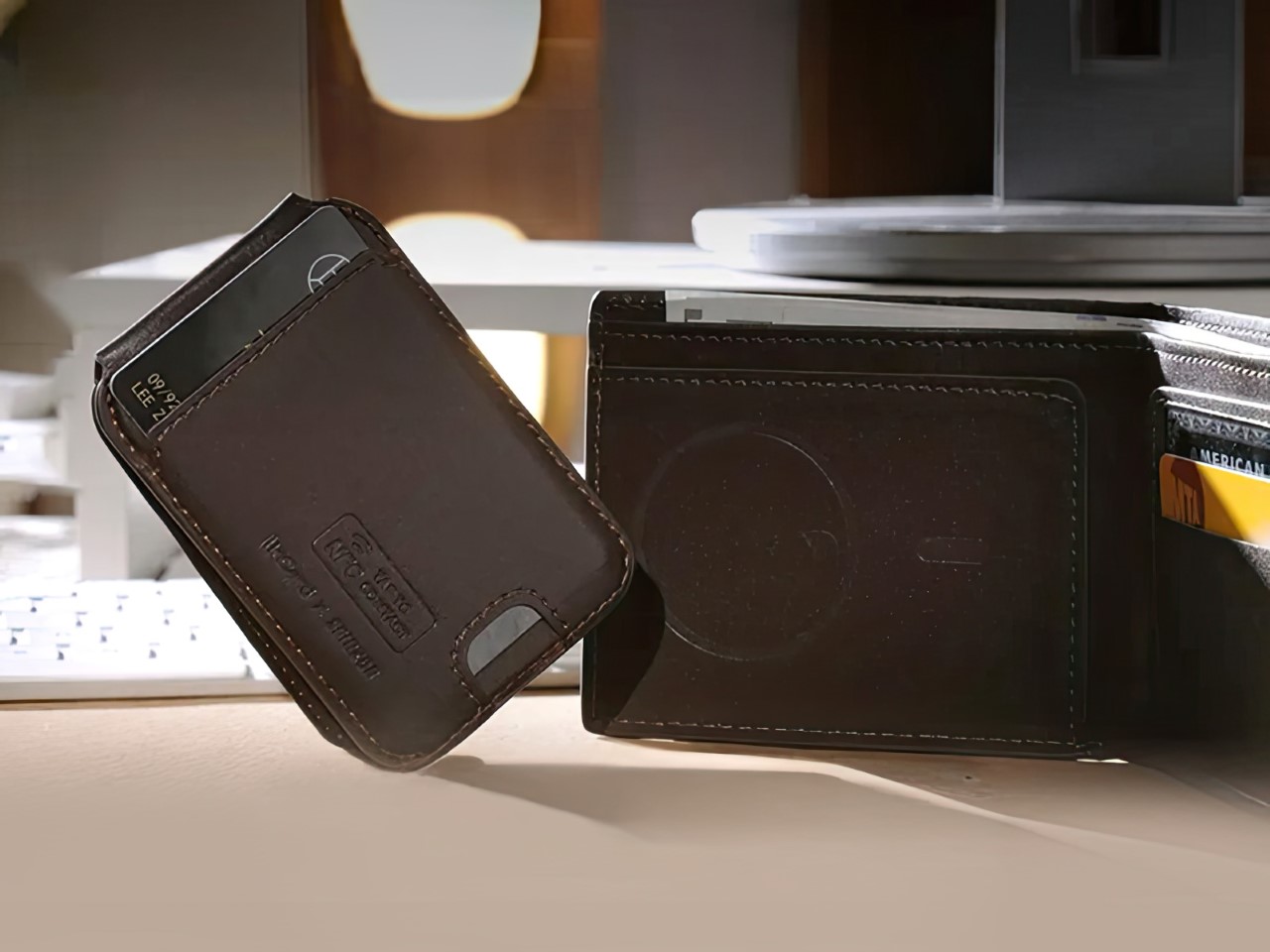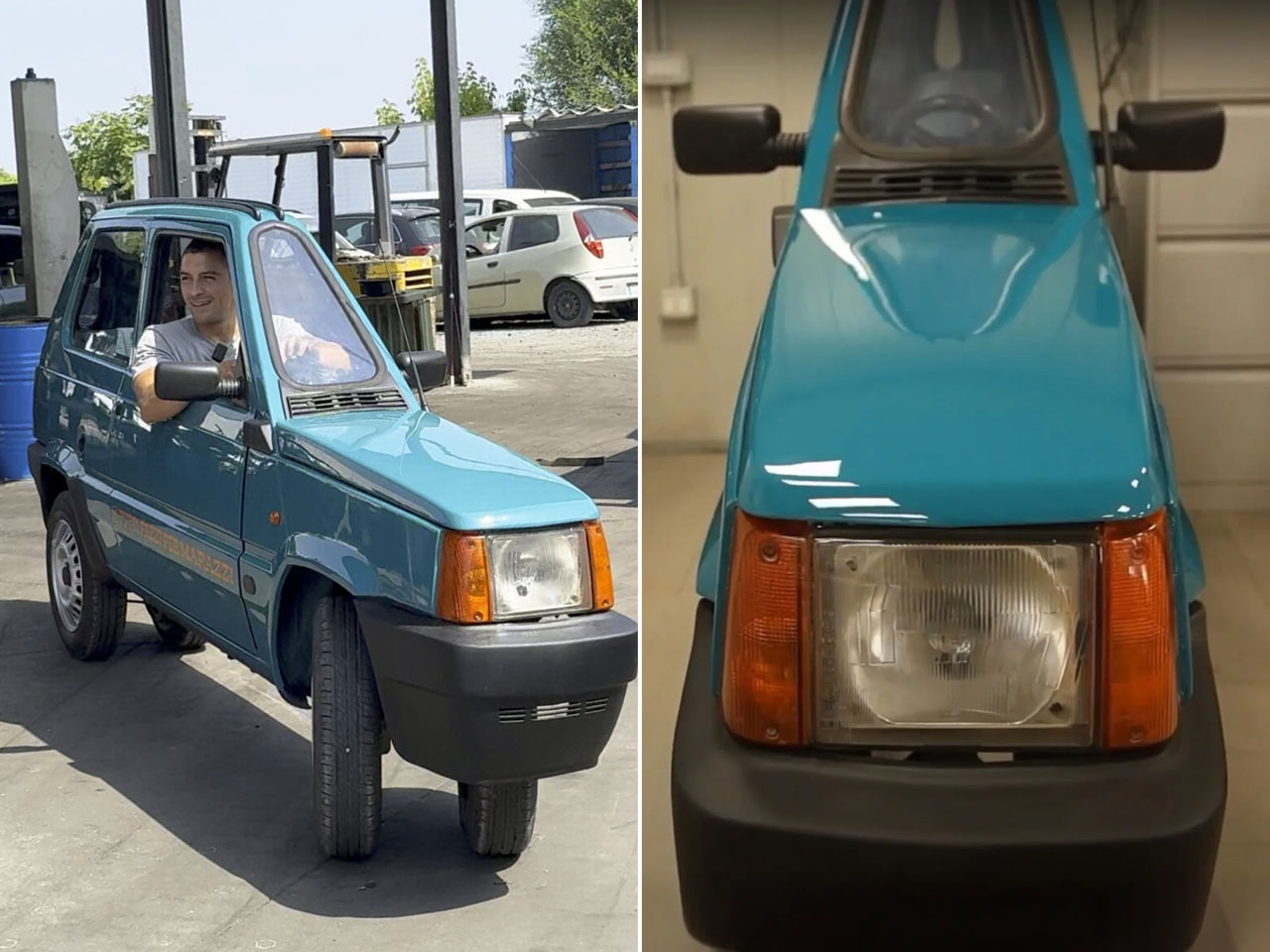
PROS:
- Exceptional performance-per-dollar: delivers ~Type R pace for ~$11k less.
- Front-end grip and composure: e‑LSD reins in torque and keeps line mid-corner.
- Large performance breaks: strong bite, progressive feel, no fade in spirited use.
- 8‑speed wet DCT: rapid shifts, smart logic, smooth commuting, robust launch control.
- Adaptive dampers: real spread from Normal comfort to Sport attack.
CONS:
- Firm ride and road noise can fatigue on rough pavement in Sport modes.
- Styling is polarizing; aero and accents won’t suit subtle tastes.
RATINGS:
SUSTAINABILITY / REPAIRABILITY
EDITOR'S QUOTE:
Track-ready when you want it, daily-friendly when you need it; performance without the premium tax
The 2025 Elantra N arrived at my driveway on a Monday morning, and within the first five minutes behind the wheel, I understood why Hyundai’s N division has earned its reputation. This is not a compromised daily driver with sporty aspirations. This is a legitimate performance machine that happens to be practical enough for grocery runs.
Designer: Hyundai
At around $33,000, the Elantra N undercuts the Honda Civic Type R by roughly $11,000 while delivering 276 horsepower through a chassis that feels purpose-built for enthusiast driving. That price gap matters, especially when you consider what you’re getting for the money.
Design and Ergonomics: Cohesive Performance Inside and Out
Hyundai’s “circuit sophistication” shows up everywhere: from the functional front intakes and aero management outside to the way your hands, eyes, and torso interface with the car inside. The Elantra N looks planted because it is, and the cockpit is arranged to help you drive it that way.

Air is managed with purpose outside; inputs are managed with equal intent inside. The N-mode buttons live exactly where your thumbs fall, the paddles are immediate, and the thick-rim wheel keeps your hands quiet and steady. Grippy suede on key touch zones favors control over flash. The heavily bolstered seats don’t just photograph sporty. They hold you when lateral loads build, without punishing you in the commute. Seat bolstering and hip-point height align with the car’s low roll attitude, so you feel the chassis working rather than bracing against it.


Information carries the same restraint. The N-specific cluster surfaces telemetry you want when you’re pushing, yet it never overwhelms during a coffee run. Compared to the GR Corolla’s rally bravado or the Type R’s anime aggression, Hyundai’s drama feels purposeful rather than performative. The Volkswagen GTI offers restrained elegance, the Golf R delivers understated menace, but Hyundai targets buyers who want their performance intentions visible from three lanes away.


If you want your performance car to advertise its intent from three lanes over, the Elantra N obliges. If you want the cockpit to back that up with clean ergonomics and low noise-to-signal while you’re actually driving, it does that, too. The N-specific blue accents and geometric wheel design create visual cohesion that feels intentional rather than applied by committee.




Technology That Stays Out Of The Way
The 10.25-inch touchscreen runs Hyundai’s latest infotainment system with Apple CarPlay and Android Auto. The interface is responsive and logical. I never fumbled through menus trying to find basic functions. The navigation system worked reliably, though I primarily used CarPlay during my test week.

Hyundai’s SmartSense safety suite is standard, including forward collision warning, blind-spot monitoring, and lane-keeping assist. The systems work unobtrusively in Normal mode. They’re more intrusive in Sport modes, which makes sense because the car is more aggressive in those settings. You can disable most features if they annoy you.
The sound system is good but not exceptional. It’s clear and reasonably powerful, adequate for daily use but not audiophile-grade. The active exhaust provides most of the soundtrack anyway, especially in Sport mode where it pops and crackles on overrun like a proper performance car should.
Daily Driving Reality Check
I drove the Elantra N for seven days as my only vehicle. I ran errands, sat in traffic, made highway trips, and attacked back roads whenever the opportunity presented itself. The car excelled in all those scenarios without demanding unreasonable compromises.
Fuel economy averaged 25 mpg in my mixed driving, which included plenty of enthusiastic acceleration and some sustained highway cruising. The EPA rates it at 22 city and 31 highway. Those numbers are realistic if you can resist the urge to use all that power constantly.

The ride quality is firm but never harsh. The engine note at highway speeds is present but not intrusive. The wind noise is well-controlled. This is a car you can live with every day without feeling like you’re making sacrifices for performance capability.
The Competition Context
The Honda Civic Type R costs around $44,000 and offers 315 horsepower with more aggressive styling. It’s the benchmark for front-wheel-drive performance, and it holds that crown for good reason. But that $11,000 price gap is significant, especially when the Elantra N delivers 90% of the Type R’s capability at 75% of the cost.
The Volkswagen GTI offers hot hatch refinement at a similar price point but with less power and a softer character. It’s the mature choice where the Elantra N is the enthusiast’s choice.
What Works And What Doesn’t
The Elantra N succeeds because Hyundai committed fully to the performance mission without half-measures. The chassis is properly sorted. The engine delivers usable power across the rev range. The DCT transmission offers performance and convenience in equal measure. The brakes inspire confidence. These fundamentals matter more than any individual feature or specification.

The styling won’t appeal to everyone. It’s aggressive with large intakes, a prominent rear wing, and N-branded blue accents throughout. You’ll either love the look or find it too much. There’s no middle ground, and Hyundai clearly doesn’t care about attracting buyers who want subtle performance.
The ride quality might be too firm for some buyers, particularly in Sport modes. If you prioritize comfort over handling precision, this probably isn’t your car. But if you value dynamic capability and driving engagement, the firm suspension makes sense.
The Bottom Line
The 2025 Hyundai Elantra N with the 8-speed DCT delivers legitimate performance sedan capability at a price that undercuts its primary competition by thousands of dollars. It’s quick, engaging, practical enough for daily use, and genuinely fun to drive hard. Hyundai’s N division has proven it can build cars that satisfy enthusiast drivers without requiring premium pricing.

This is the performance sedan for buyers who want the driving experience without the luxury brand markup. It’s honest, capable, and more enjoyable than its price tag suggests it has any right to be. After a week of driving it in every scenario from rush hour traffic to empty back roads, I came away impressed by how well Hyundai balanced performance and practicality.
The automatic transmission adds a layer of accessibility without compromising the car’s enthusiast credentials. Whether you’re navigating downtown traffic or attacking a favorite back road, the DCT adapts seamlessly to deliver exactly the experience you want.
If you’re shopping for a performance sedan under $35,000, the Elantra N deserves serious consideration. It’s not trying to be everything to everyone. It’s focused on delivering driving enjoyment, and it succeeds without apology.
The Subaru WRX starts around $32,000 with all-wheel drive and 271 horsepower. It’s a different character entirely, built for rally-inspired traction rather than front-wheel-drive dynamics. The WRX feels more utilitarian where the Elantra N feels more refined.
The post The 2025 Hyundai Elantra N: Korea’s Performance Statement That Actually Delivers first appeared on Yanko Design.
![]()

